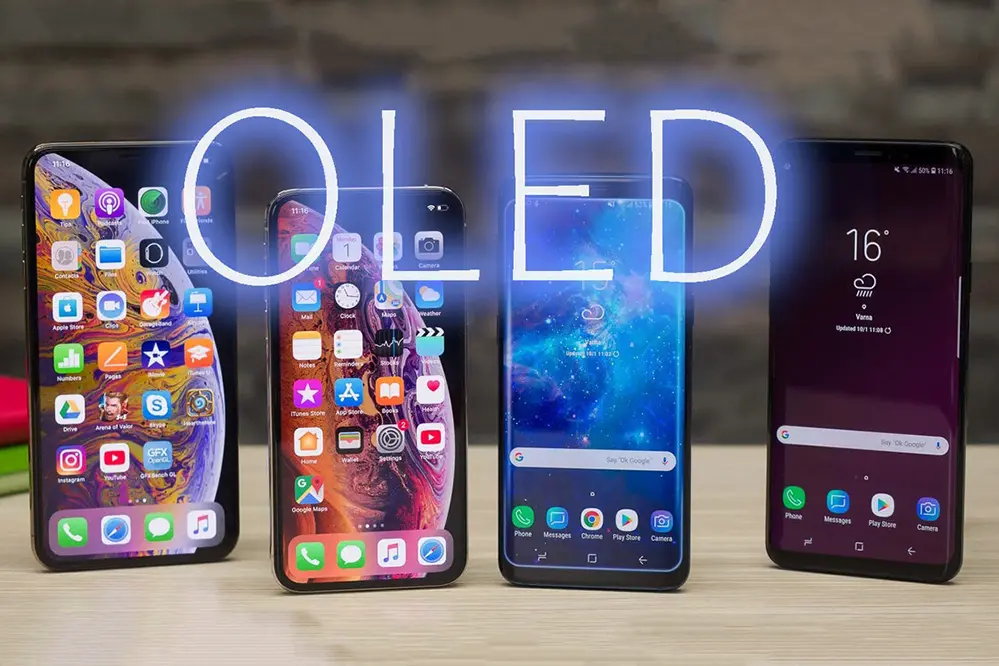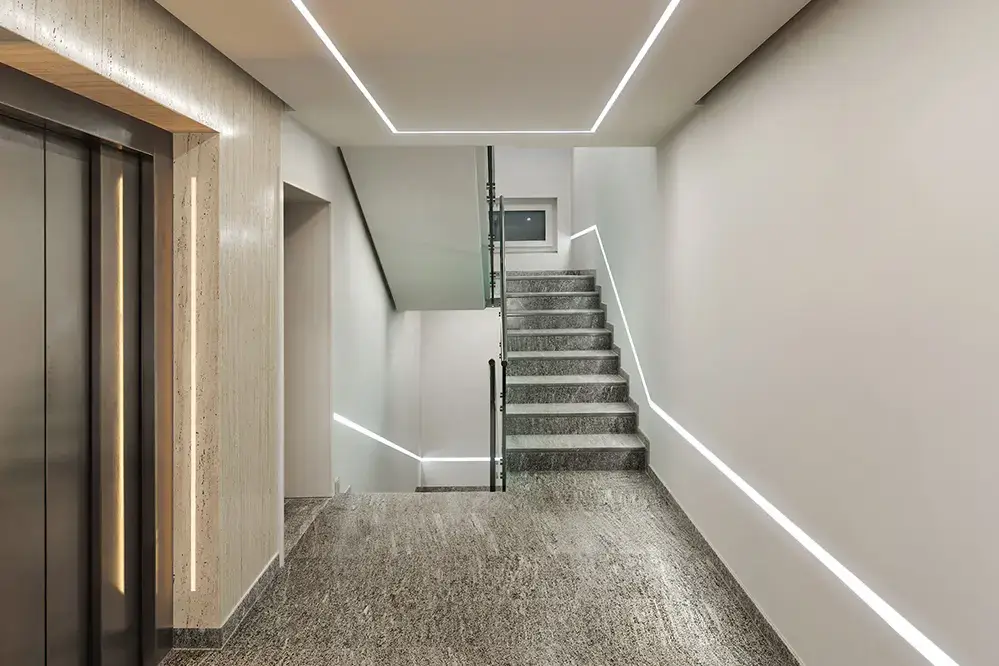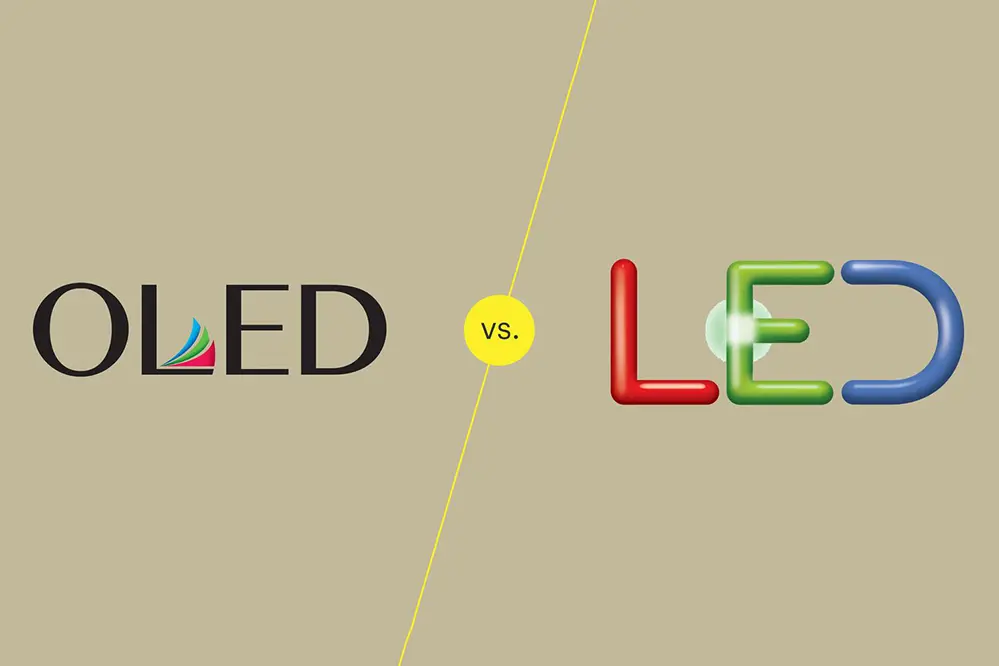In today’s world, lighting technology has evolved significantly, offering a wide range of options for various applications. Two popular choices are OLED (Organic Light-Emitting Diode) and LED (Light-Emitting Diode). In this comprehensive comparison guide, we will delve into the intricacies of OLED and LED technologies, exploring their features, advantages, limitations, and applications. By the end of this article, you will have a clear understanding of the differences between OLED and LED, enabling you to make an informed decision when choosing the right lighting technology for your needs.
Understanding OLED Technology
Definition and Explanation of OLED Technology
OLED technology utilizes organic compounds that emit light when an electric current is applied. Unlike traditional LED technology, OLED does not require a backlight, resulting in thinner and more flexible displays.
How OLED Works
OLED displays consist of organic layers sandwiched between two electrodes. When an electric current is applied, the organic layers emit light, creating vibrant and high-contrast images.
Advantages of OLED Technology
OLED technology offers several advantages that make it a popular choice for various applications.
- Superior Contrast Ratio: OLED displays provide deep blacks and infinite contrast ratios, resulting in stunning image quality.
- Wide Color Gamut: With a wide color gamut, OLED displays can reproduce vibrant and accurate colors, enhancing the visual experience.
- Thin and Flexible Design: OLED panels are incredibly thin and flexible, allowing for unique form factors and applications.
Limitations of OLED Technology
While OLED technology has numerous benefits, it also has some limitations to consider.
- Susceptibility to Burn-in: OLED displays are susceptible to burn-in, where static images can leave a permanent imprint on the screen.
- Limited Lifespan: OLED panels have a limited lifespan compared to LED displays, as the organic compounds degrade over time.
Understanding LED Technology
Definition and Explanation of LED Technology
LED technology utilizes semiconductor materials that emit light when an electric current passes through them. LEDs are widely used in various lighting applications due to their energy efficiency and versatility.
How LED Works
LEDs consist of a semiconductor chip mounted on a small circuit board. When an electric current is applied, the semiconductor emits light, producing illumination.
Advantages of LED Technology
LED technology offers several advantages that make it a popular choice for lighting solutions.
- Energy Efficiency: LEDs are highly energy-efficient, consuming significantly less power compared to traditional lighting technologies.
- Long Lifespan: LED bulbs have a long lifespan, lasting up to 25 times longer than traditional incandescent bulbs.
- Versatility in Applications: LEDs can be used in a wide range of applications, from general lighting to automotive and outdoor signage.
Limitations of LED Technology
While LED technology has numerous benefits, it also has some limitations to consider.
- Lower Contrast Ratio Compared to OLED: LED displays have a lower contrast ratio compared to OLED, resulting in slightly less vibrant image quality.
- Limited Color Gamut: LED displays have a limited color gamut compared to OLED, which may affect color accuracy in certain applications.
Comparing OLED and LED
In this section, we will compare OLED and LED technologies across various aspects to help you understand their differences and make an informed decision.
Display Quality Comparison
When it comes to display quality, OLED and LED technologies have distinct characteristics.
- Contrast Ratio: OLED displays offer superior contrast ratios, providing deep blacks and vibrant colors. LED displays have lower contrast ratios but still offer good image quality.
- Color Accuracy: OLED displays excel in color accuracy, reproducing colors with precision. LED displays have good color accuracy but may not match the level of OLED.
- Viewing Angles: OLED displays have excellent viewing angles, with consistent image quality from various perspectives. LED displays may experience some color shifting when viewed from extreme angles.
Energy Efficiency Comparison
LED technology is known for its energy efficiency, consuming significantly less power compared to OLED displays. This energy efficiency makes LEDs a popular choice for general lighting applications, helping reduce energy consumption and costs.
Lifespan Comparison
LED displays have a longer lifespan compared to OLED panels. While OLED displays can last for several years, LED displays can last up to 100,000 hours, making them a durable and long-lasting lighting solution.
Design and Form Factor Comparison
OLED technology offers unique design possibilities due to its thin and flexible nature. OLED panels can be curved, rolled, or even transparent, allowing for innovative applications in televisions, mobile devices, and lighting fixtures. LED technology, on the other hand, offers versatility in terms of form factors, with options like LED strips, bulbs, and panels.
Cost Comparison
When it comes to cost, LED technology is generally more affordable compared to OLED. The manufacturing process for OLED displays is more complex, resulting in higher production costs. LED displays, being more widely adopted and produced, are available at a lower price point.
Applications of OLED and LED
In this section, we will explore the various applications where OLED and LED technologies excel.
OLED Applications

OLED technology finds its applications in several industries, including:
- Television and Home Entertainment: OLED displays offer exceptional image quality, making them ideal for televisions and home theater systems.
- Mobile Devices and Wearables: OLED displays are commonly used in smartphones, tablets, and smartwatches due to their vibrant colors and energy efficiency.
- Lighting Fixtures and Decorative Lighting: OLED panels can be integrated into lighting fixtures, providing unique and aesthetically pleasing illumination.
LED Applications

LED technology is widely used in various applications, including:
- General Lighting: LED bulbs and fixtures are commonly used for general lighting purposes in homes, offices, and commercial spaces.
- Automotive Lighting: LEDs are extensively used in automotive lighting, including headlights, taillights, and interior lighting.
- Outdoor Signage and Displays: LED displays are popular for outdoor signage and displays due to their brightness, durability, and energy efficiency.
Factors to Consider When Choosing OLED or LED
When deciding between OLED and LED technologies, several factors should be taken into consideration.
Intended Use and Environment
Consider the specific use case and the environment where the lighting technology will be deployed. OLED displays may be more suitable for applications that require vibrant colors and deep blacks, while LED displays are versatile and can be used in various environments.
Budget Considerations
Budget is an important factor when choosing between OLED and LED. OLED displays tend to be more expensive, while LED displays offer a more cost-effective solution.
Long-Term Maintenance and Replacement Costs
Consider the long-term maintenance and replacement costs associated with each technology. LED displays have a longer lifespan, resulting in lower maintenance and replacement costs over time.
Personal Preferences and Aesthetic Appeal
Personal preferences and aesthetic appeal play a crucial role in the decision-making process. Consider the design, form factor, and visual characteristics of both OLED and LED displays to ensure they align with your preferences and desired aesthetic.
FAQs
Which is better LED or OLED?
When comparing LED and OLED lighting technologies, it is important to understand that both have their own unique advantages and applications; LED excels in energy efficiency and longevity, while OLED offers superior color reproduction, flexibility, and thinness. Ultimately, the choice between the two depends on specific lighting needs and preferences.
What are the disadvantages of OLED over LED?
One of the disadvantages of OLED (Organic Light Emitting Diode) over LED (Light Emitting Diode) is its shorter lifespan. OLED panels tend to degrade faster than LED panels, leading to a decrease in brightness and potential color shifts over time.
Another drawback of OLED is the risk of burn-in. If a static image is displayed on an OLED screen for an extended period, it can result in permanent image retention, causing ghosting or visible remnants of the image even when it changes. LED screens, on the other hand, are not prone to burn-in.
Furthermore, OLED displays are generally more expensive to produce compared to LED displays. The manufacturing process for OLED is more complex and requires higher precision, which contributes to the higher cost of OLED products.
Additionally, OLED screens are more susceptible to water damage and moisture. The organic materials used in OLED panels can be sensitive to humidity and can be damaged if exposed to water or excessive moisture. LED panels, with their solid-state construction, are more durable in this regard.
In conclusion, while OLED technology offers significant advantages such as superior contrast and color reproduction, it also has its downsides, including shorter lifespan, risk of burn-in, higher production costs, and susceptibility to water damage. These factors should be considered when making choices regarding lighting technologies.
Which lasts longer OLED or LED?
When it comes to the longevity of OLED and LED lights, there are a few factors to consider.
OLED (Organic Light-Emitting Diode) technology is known for its superior picture quality and deep black levels. However, OLED panels can degrade over time, particularly in areas where there is constant exposure to bright, static images. This can lead to issues like burn-in, where remnants of those static images remain visible on the screen. OLED panels typically have a lifespan of around 100,000 hours, which is equivalent to about 11 years if used for 24 hours a day.
On the other hand, LED (Light-Emitting Diode) lights are known for their energy efficiency and long lifespan. LED lights are not prone to burn-in or image retention issues like OLED panels. LED lights can last much longer, with an average lifespan of 50,000 to 100,000 hours, depending on the quality of the LEDs and the usage patterns.
It’s important to note that while OLED panels may have a shorter lifespan compared to LED lights, this does not necessarily mean that they will stop working entirely after the specified hours. Instead, the brightness and overall performance may gradually degrade over time.
In summary, if you’re looking for longevity, LED lights tend to have a longer lifespan compared to OLED panels. However, if you prioritize superior picture quality and deep black levels, OLED technology may still be the preferred choice, despite its slightly shorter lifespan.
How do OLED and LED screens differ?
OLED and LED screens differ in the way they produce light: OLEDs emit their own light when an electric current is applied, while LEDs use a backlight to illuminate small pixels.
Are OLED screens more expensive than LED?
Yes, OLED screens tend to be more expensive than LED screens due to their advanced technology and higher manufacturing costs. However, OLED screens offer superior image quality, wider viewing angles, and thinner form factors, making them a popular choice for high-end displays.
What about the power consumption difference between OLED and LED?
LED technology is more energy-efficient and consumes less power compared to OLED displays. LEDs convert a higher percentage of electrical energy into light, resulting in lower electricity costs. On the other hand, OLED displays consume more power, especially when showing bright or white content. However, OLED displays are more power-efficient when displaying darker or black content. Overall, LED technology is known for its energy efficiency, making it a popular choice for applications where power consumption is a concern.
What about the refresh rates comparison between OLED and LED TVs?
When it comes to refresh rates, OLED TVs generally have faster refresh rates compared to LED TVs. Refresh rate refers to how quickly the image on the screen is refreshed or updated. A higher refresh rate means smoother motion and reduced motion blur, which is especially important for fast-paced content like sports or action movies.
OLED technology has the advantage of individual pixels that can turn on and off independently, allowing for faster response times and smoother motion. This results in a more fluid viewing experience with minimal motion blur.
LED TVs, on the other hand, typically have slightly slower refresh rates compared to OLED. However, advancements in LED technology have led to the introduction of high refresh rate LED TVs that can provide smoother motion similar to OLED displays.
When considering refresh rates, it’s important to note that the actual performance may vary between different models and brands of OLED and LED TVs. It’s always recommended to check the specifications and reviews of specific TV models to determine their refresh rate capabilities.
How do you compare the picture quality of OLED and LED TV?
When comparing the picture quality of OLED and LED TVs, OLED generally offers better picture quality than LED.
OLED (Organic Light-Emitting Diode) displays have individual pixels that emit their own light. This allows for perfect black levels and infinite contrast ratios, resulting in deeper blacks and more vibrant colors. OLED TVs can produce stunningly realistic images with exceptional color accuracy and rich details.
LED (Light-Emitting Diode) TVs, on the other hand, use a backlighting system behind the screen to illuminate the pixels. While LED TVs can still produce good picture quality, they may struggle to achieve the same level of deep blacks and contrast as OLED. LED TVs often have slightly lower contrast ratios, which can impact the overall picture quality.
It’s important to note that LED TVs have made significant advancements in recent years, with technologies like local dimming and quantum dots improving their picture quality. However, OLED still generally offers superior picture quality, especially in terms of contrast and color accuracy.
Ultimately, if you prioritize exceptional picture quality with deep blacks and vibrant colors, OLED TVs are a great choice. However, if you’re looking for a more budget-friendly option or specific features like high brightness for well-lit rooms, LED TVs can still provide a satisfying viewing experience.
Conclusion
In conclusion, OLED and LED technologies offer distinct features and advantages for various lighting applications. OLED displays excel in contrast ratio, color accuracy, and design flexibility, making them ideal for applications that require vibrant and visually stunning displays. LED displays, on the other hand, offer energy efficiency, long lifespan, and versatility, making them a popular choice for general lighting and automotive applications. When choosing between OLED and LED, consider factors such as display quality, energy efficiency, lifespan, design, cost, and personal preferences. By understanding the differences between OLED and LED technologies, you can make an informed decision and choose the right lighting technology for your specific needs.
Remember, whether you opt for the deep blacks and vibrant colors of OLED or the energy efficiency and versatility of LED, both technologies have their unique strengths and can enhance your lighting experience in different ways.





